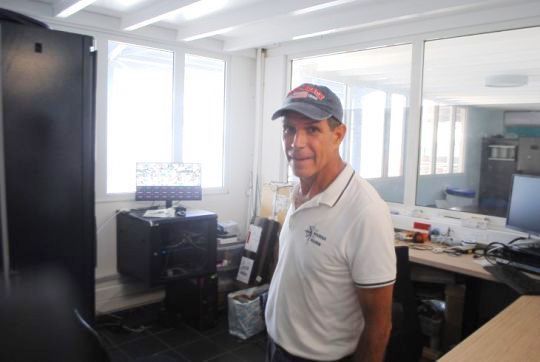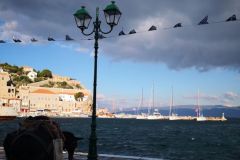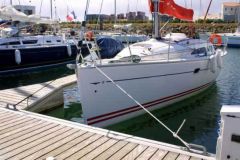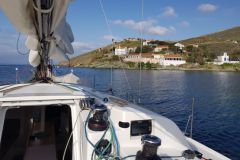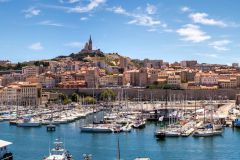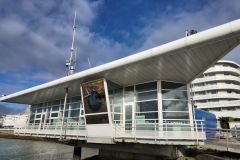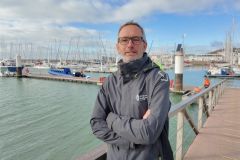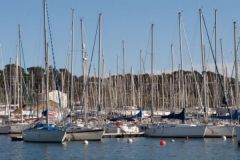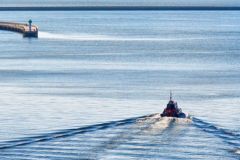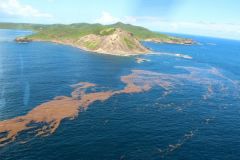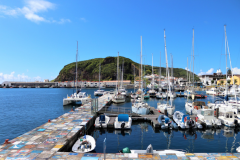A visit to the Marina du Marin in the company of Éric Jean-Joseph, the port's captain, gives us the opportunity to address current questions about the harbour master's office's position on environmental issues.
What sets you apart from other ports like Fort-de-France?
In Fort-de-France, it's the opposite, it's the city center. In Le Marin, we have a local fleet that meets commercial demand. Today, we have between 250 and 270 charter boats that meet the market. Depending on the year, this represents between 25 and 30 weeks of charter with a European clientele. We're nearing the end of the season, but the pre-season 2023/24 was very good. The post-season was more difficult, but we had the 2 exceptional months of October and November 2023, during which the rental companies worked well. When I say "we", I'm talking globally, as the harbour master's office is just one element in the system. All the staff work very hard to ensure that everything runs smoothly.
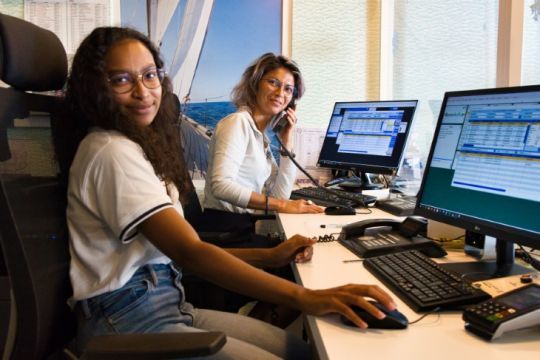
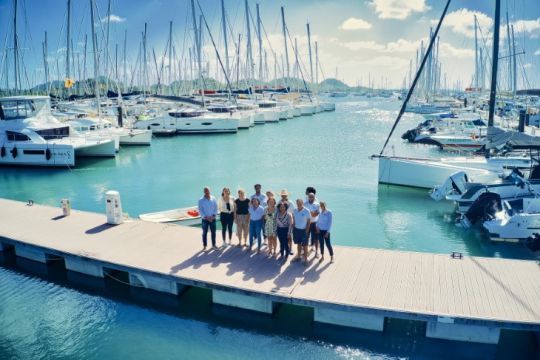
We're still going to take advantage of a few public holidays and the May long weekends. But business is down. If I had to give a figure, it's around 30,000 people who come to rent boats from Le Marin every year. Some charter companies offer cabin hire; it's a kind of hotel service. For example, they go to the Grenadines in 1 week: they arrive on board in the evening and are welcomed with a planteur. As soon as they've digested, they head straight for the Saint Lucia channel! Today, this charter fleet is mainly built around multihulls (around 85%). That's why we've had to modify the standard berths and make a number of adaptations.
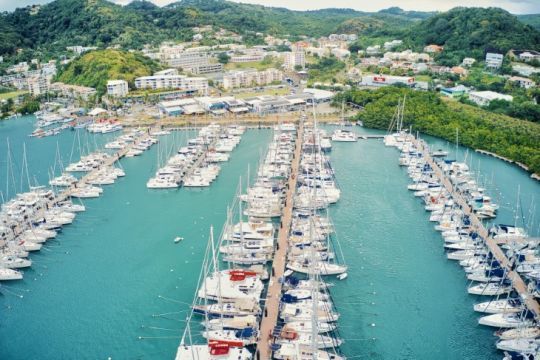
Our conceding authority is the town of Le Marin. We manage a DSP (Délégation de Services Publics), but it's the delegatee who finances these investments. It's quicker and more flexible than if it were a public service. We can get government aid and, above all, tax assistance. When you buy a pontoon, you can save up to 25-30% on the value of the pontoon, which has enabled us to purchase equipment that is 3.50 meters wide. They're quite stable and welcoming. We try to do each other favors: the marina's old pontoons, for example, were resold to Étang Z'abricot for the Cap Martinique welcome pontoon.
In Fort-de-France, there's a demand for both residents and visitors; but we can work on both. It's up to the politicians to decide what direction to take. We need residents, because it's good to have local yachting, and we need people passing through, because it's economically vital.
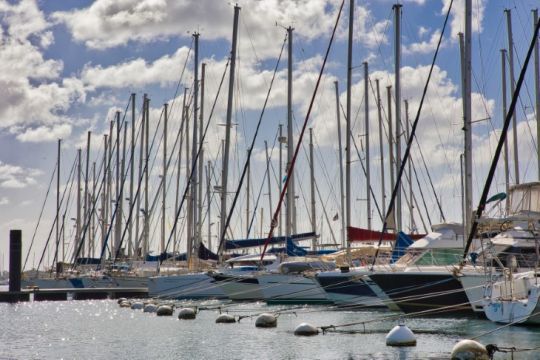
The notion of a port should not be seen as a parking lot for boats that go out 2 times a year. We need different port centers and complementary facilities. In Saint-Pierre, for example, we're working on a project for an organized anchorage zone, which is already partially active. It's a project run by the CAP Nord community of municipalities. We have been selected for the operational part. Usually, boats are moored at a central point, but over there, what's interesting is that a V-shaped mooring system has been set up to reduce the turning radius, as the Saint-Pierre roadstead is very open with a swirling wind. In Le Marin, we have set up a connected buoy system. These are handy little management tools. If the boat gets loose during the night, we get an alarm.
What are the different areas of the marina?
We have a real estate section with around 6,500 m² of reception and service buildings.
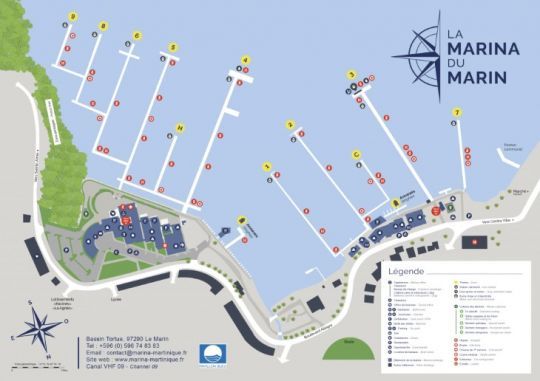
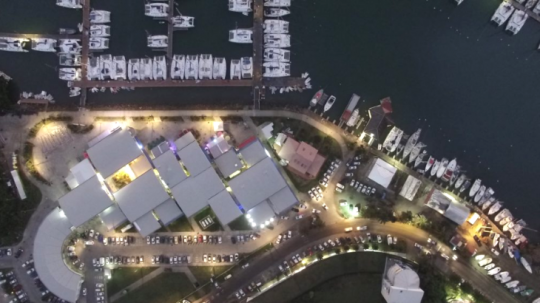
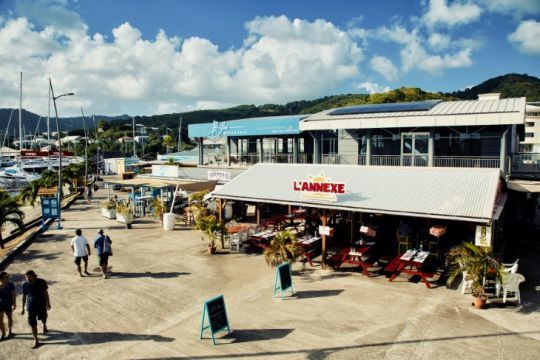
The first buildings were constructed between '91 and '95; this was the first phase of the port. The architecture is a little more Creole than on our side, where it's much more modern. We have a system of photovoltaic panels on the roof of the harbour master's office, which supply the common areas and, above all, a large part of the lake. Thanks to this, we've made savings of between 30 and 40%, which is quite significant.
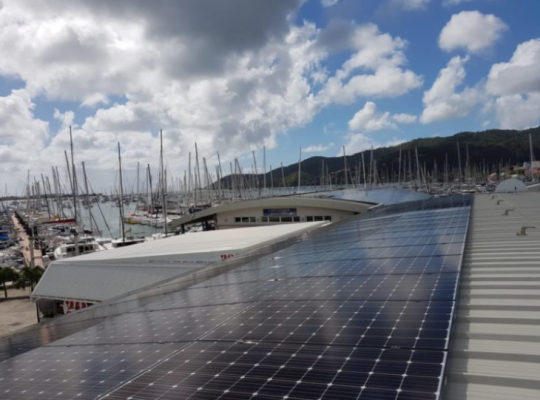
We also have rainwater tanks for the boats, which unfortunately don't have enough capacity. We only have 30 cubic meters, but it always helps. We also manage a mooring area. Gustave, a sailor from the harbor master's office, is in charge of the buoys. He has his computer with him so that when a boat arrives, he can already pre-register. We have 250 mooring buoys.

The average size of boats today is fourteen meters. In 2018, we experimented with what we call complex deadbodies. Metal cages with shells inside were fixed to the concrete to protect the juveniles and create life. Initial feedback seems to be positive. We now have a mooring area organized by the harbour master's office, as well as a fairground mooring. During the season, we receive around forty large ships, which prompted us to create another area for them. Three years ago, we set up a small cruise terminal. We transport passengers between Martinique and Saint Lucia. It's going very well. Around the charter companies, there's also an ecosystem with shipchandlers. Everything is available locally. We may be a little more expensive than neighboring islands, but we have the know-how and the stock. There's a saying that goes: '' c'est bon marché qu'a coûté cher' (it's cheap that cost a lot) '.
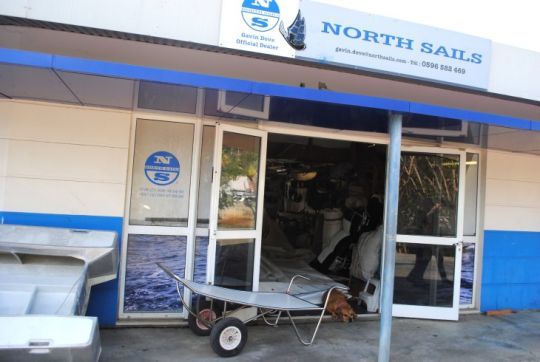
At the harbor master's office, we also have coworking spaces for those who want to work: we rent workstations by the half-day or by the hour.
What innovative equipment is available to yachtsmen?
We have a bollard system for wastewater collection. In other words, we have a mobile barge that can go to moorings to collect black and grey water, but we also have a vacuum bollard system at the station and on two pontoons, where the bigger boats are.
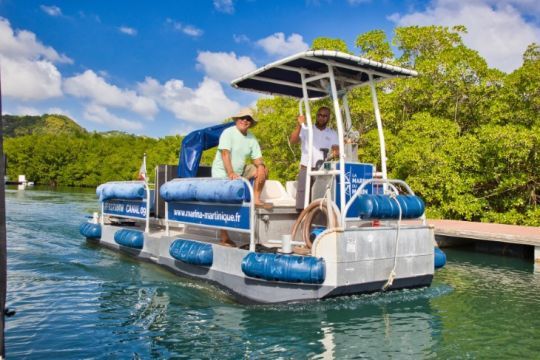
You connect to the reservoir; it pumps, it returns. The system is having a bit of trouble working at the moment, as customers aren't used to it. But it's free, except for very large boats. It's evolving all the same, as can be seen from the number of collections we make each month. People need to change their habits. When we're docked, we can go to the toilets, but when we're anchored, it's more complicated when, for example, it's 2 a.m.; in that case, we'd have to use the tanks. We have bollards every 26 meters with a quick connector and a clip that goes directly to the sewer.
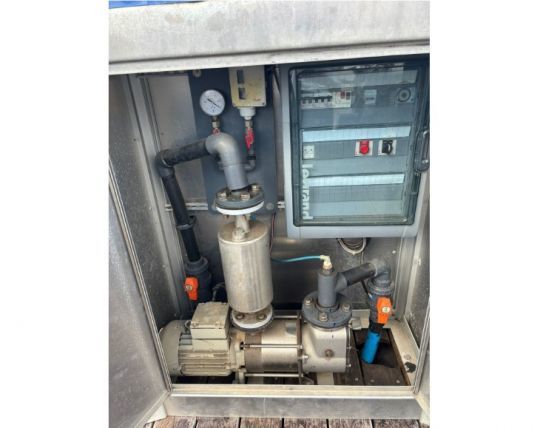
We only have 2 pontoons equipped with this. Boats can also stop off at the station to empty their tanks. With 4 high-tech pumps spread over 60 m of linear pontoon, Marin Yacht Services is without doubt the most operational and modern marine station in the Lesser Antilles. In addition to its large, fully protected reception pontoon, Marin Yacht Services is the only station in the Caribbean basin to offer two high-capacity pumps (12m³ per hour) for diesel and tax-free diesel.
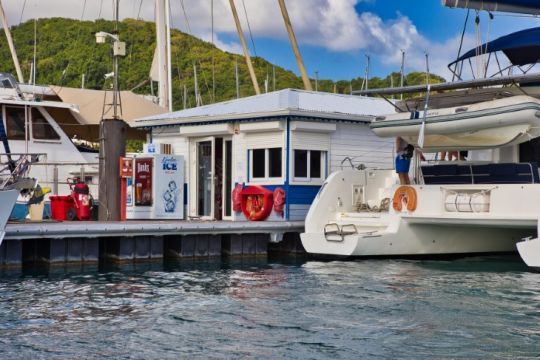
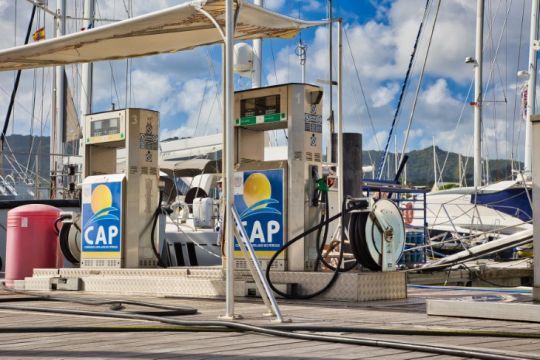
We also decided to charge for consumables, such as water and electricity, in order to ration things a little, as some people were using the air-conditioning on the boats, for example. The advantage of these terminals is that they have a direct link with the harbor master's office. This follow-up makes people a little more responsible. For electricity, there's a small flat rate, and beyond that, it's billed.
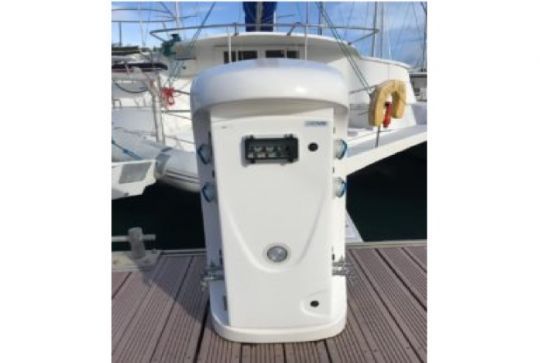
The funny thing is, when a boat crossed the Atlantic 35 years ago, it arrived and needed water and a little electricity. Today, it's quite different; people are pumping. They have to be more careful. There was also the need for wi-fi, which was the first demand of yachtsmen arriving a few years ago. By 2024, Starlink can be found on most boats.
And what about the technical area?
The port is divided into two areas: the marina's waterfront, and a technical area with two Travelifts. They can lift units of up to 400 tons to dry them out. We also have a careening area with a filtration system. For me, the most important thing to consider is the polluting paints applied to the hulls of the boats, which remain in the soil. We measure the sludge and the water three times a year. The results show that there is no degradation. In terms of water quality, the advantage is that the basin is renewed every 40 or 50 days. As for the sludge, unfortunately I think we could do better with the paints we use. Of course, the marina has 2 clean points open to yachtsmen and professionals. In addition to conventional household waste, it is possible to collect pollutant waste such as paint cans, solvents, soiled cans and rags, cooking oil and used oil, as well as oil and diesel filters.
What about the Transquadra, which you host in Le Marin every 3 years?
A transatlantic race like the Transquadra brings more to the life of the port. I think globally, not in terms of the harbor master's office. When you have a transatlantic race, it's a complicated organization; the harbor master's office bends over backwards. You have to free up places on the pontoons... but it brings in families, people, trade and exchanges. One regret is that there aren't enough local crews from Martinique taking part, something that Guadeloupe managed better than we did, for example, during the last transatlantic race that reached Marie-Galante with 3-4 Guadeloupe crews. It would be great for the image; young people in sailing schools can identify with it, and it stimulates them to take up boating. It would also generate membership. It's pretty good!
We have the sailing school, with whom we have a good partnership. They're dynamic and do good work. The president of the sailing club works at the harbour master's office. All this creates links. It's good for our operations and our partnership. We support two-three members of the club, young people, who are quite successful and compete in external championships.
During the Transquadra, sales of catering, accommodation, car rentals, excursions, etc. are significant; it's an added bonus. It's a clientele with purchasing power. Some yachts leave in cargo ships, but others stay behind and have to be refitted for the next trip. This inevitably has an impact. If we could, we'd host offshore races every year. We also have an event called Ariane's Cup. All the works councils working on the Ariane project come every 4-5 years and rent 70-80 catamarans in the low season. We need to furnish the harbor: we need deckchairs, rallies and shows. The Tour des yoles stopover also brings a bit of life back into the harbor; everything that floats goes out to sea! It brings life back.
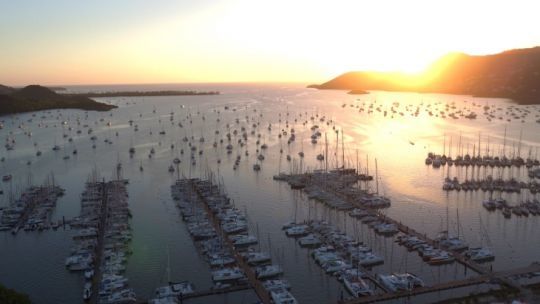

 /
/ 